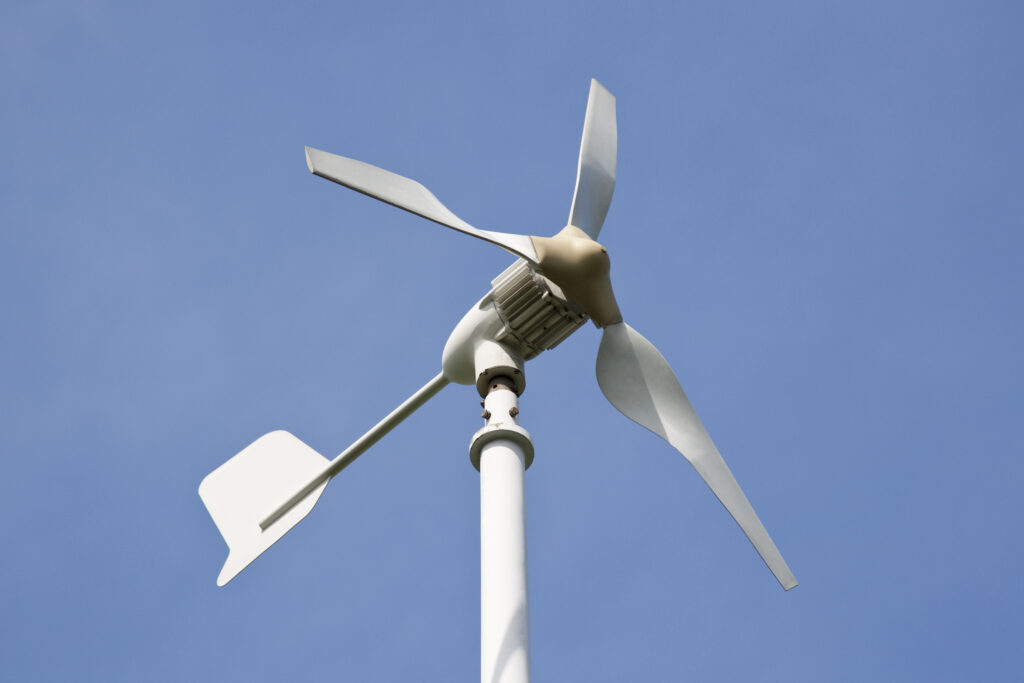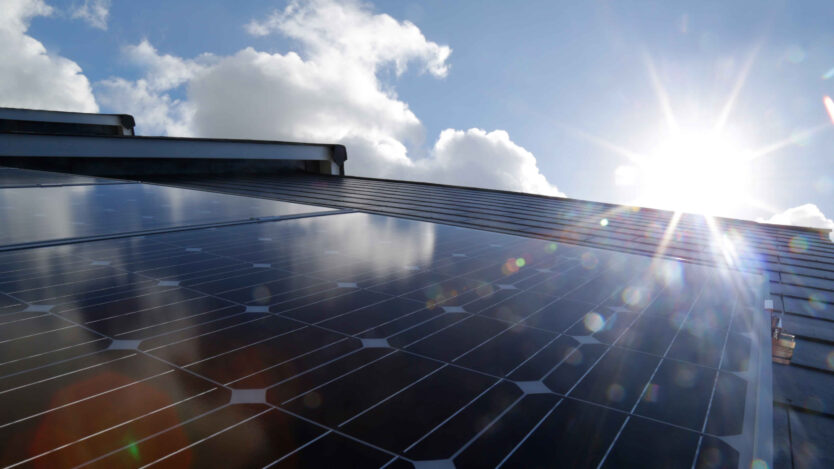Stephen Cirell, who runs an independent consultancy focusing on areas surrounding renewable energy, energy efficiency and low-carbon projects, looks at the practical steps that golf clubs can take to tackle the challenges of being more sustainable in such a resource-heavy industry.
What does the word ‘sustainability’ mean to you in the context of golf?
There are different definitions of sustainability, but in general terms – and in the context of golf clubs – it means the ability of a golf club to exist, operate and thrive without depleting the natural resources of its land, harming biodiversity and maintaining an ecological balance with nature.
What are the biggest challenges facing golf clubs when it comes to sustainability?
Sustainability and energy need to be differentiated. The sustainability angle is the club’s impact on the environment. Energy is what the club uses to heat and power its operation. The challenges from both are different, but closely linked.
Many clubs will be focussing much more on energy as energy prices spiral. By using less energy, improving energy efficiency and introducing renewables, the energy bill can be radically reduced, but it will also help the environment at the same time.
But a sustainability approach will be much wider, taking into account factors such as air quality, biodiversity and the use of chemicals on the course. It will also cover energy as one part of the wider whole. The sustainability side is much more challenging, but essential in the longer term. Most golf clubs have not yet recognised this.
As a consultant working in the field of clean energy, what are the key things that golf businesses should be making a key priority when it comes to their energy usage and their sources of energy?
On the energy side, the hierarchy is 1) use less energy; 2) improve energy efficiency; and 3) introduce new renewable sources of energy.
This is a linear progression and so looking at energy use must be first – can we reduce our usage by simple measures such as turning off lights and turning the heating down? Then can we improve the value we get from each unit of energy we do buy, by improving insulation and better equipment? Finally, can we generate our own power, probably from solar panels or a wind turbine? If all of these can be focussed on, a club’s energy bills can be slashed at a time when costs are at a premium.
But there is a price to pay for this, not just in up front capital for solar panels, for example. Many clubs refuse to put solar on the roof as it would ‘ruin’ the visual amenity of the clubhouse. Such outdated views have to be put to one side in a time of need.
“A true sustainability-driven approach will enable a club to stand out from its peers”
Stephen Cirell
You’ve been working with a couple of golf clubs in Yorkshire, including Alwoodley. What were their specific concerns around sustainability and what practical steps are you advising them to take to reduce its energy consumption and become a more sustainable business?
I was pleasantly surprised how informed Alwoodley GC were when I met members of their committee. In my view, they ‘get it’ that action needs to be taken and had a good idea of where they wanted to get to. The club is ambitious and wants to join the leading golf clubs on sustainability and I am working with them to calculate their carbon footprint, develop some targets and – most importantly – develop a costed action plan for the next ten years. This should result in new renewable energy, reducing energy use, transferring greenkeepers equipment to electric, a focus on improving on course biodiversity and a water management strategy. This is radical action compared to most other clubs.
In what ways can sustainability practices add value to a golf business?
A true sustainability-driven approach will enable a club to stand out from its peers. The major businesses across the world have realised that such an approach is highly attractive and puts them in a good position for the future. For golf clubs, failure to grasp this agenda will make them look old-fashioned, out of step with public opinion and in denial.
On the negative front, areas such as water management – a key part of the sustainability approach – could be difficult if public opinion swings against heavy water use by golf clubs in times of drought or excessive temperatures. A sustainability approach is planning for the future.

Many businesses, and some in the golf industry, have pledged to become ‘net zero’ operations, but what does this actually mean and is it achievable?
Being ‘net zero’ means voluntarily going through a process whereby the club’s carbon footprint is calculated and a plan drawn up to reduce the greenhouse gas emissions identified. There will always be a rump of emissions that cannot be removed and for these ‘offsetting’ arrangements need to be made (that’s the ‘net’ bit of the net zero carbon definition). Taking into account both the emissions reductions and the offsetting, the club’s carbon footprint should then be zero.
Why does this matter?
Well, it shows everyone that the club is serious about its contribution to climate change and doing something positive about it. This is becoming more important both in business and our personal lives. So it gives the club more credibility in terms of its business affairs and makes it more attractive for new – particularly younger – members to join.
“Golf clubs are part of local communities and have a moral responsibility to do what they can to combat climate change”
Stephen Cirell
How do you see climate change impacting on the golf industry in the years ahead and what measures do you think should golf course designers, course operators and golfers to mitigate against it?
The whole of society is facing up to the need to change behaviour over the coming years and decades. Whether it is adding solar panels to your roof, changing to an electric vehicle or flying less, we cannot continue to avoid the consequences of global warming.
Golf clubs could, in my view, play a leading role in this transition. This is because collectively they control and manage a huge amount of land across the UK. A good sustainability approach will mean that they are reducing the energy used, improving energy efficiency and introducing renewable energy. They would be slashing emissions by moving equipment over to electric, by focussing on the biodiversity of their land (trees, hedgerows, animals, nature) and seeking to manage water use effectively. Alwoodley Golf Club in Leeds has a progressive view on the need for these changes and is investing in an action plan to start bringing them about.
All of this is within the grasp of every golf club, if the penny drops that this needs to be done and their long-term future largely depends on it. Golf clubs are part of local communities and have a moral responsibility to do what they can to combat climate change. Business as usual is not an option.



